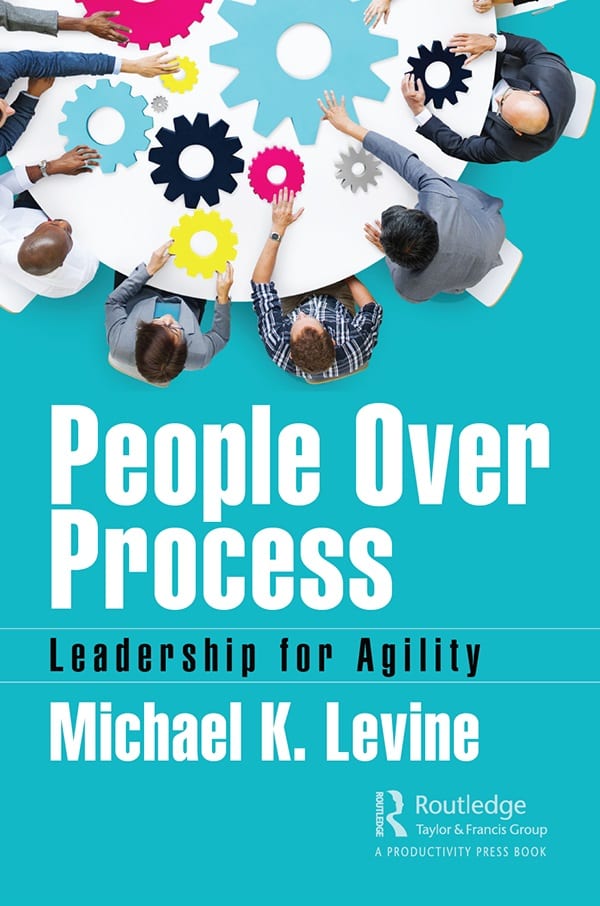Revolutionize Your Company: The Ultimate Business Change Program

Unleashing Innovation: Implementing a Culture of Creativity in Your Organization
Are you ready to transform your organization and take it to the next level? Our revolutionary business change program is designed to help you unleash innovation and implement a culture of creativity within your company. By fostering a mindset of innovation and empowering your employees to think outside the box, you can create a dynamic and forward-thinking workplace that drives success.
With our program, you will learn how to:
- Encourage Collaboration: Break down silos and promote cross-departmental collaboration to spark new ideas and solutions.
- Cultivate Risk-Taking: Embrace calculated risks and create a safe space for experimentation and learning from failures.
- Embrace Diversity: Recognize the value of diverse perspectives and experiences in driving innovation and creativity.
Breaking Down Barriers: Strategies for Enhanced Communication and Collaboration
Communication and collaboration are at the core of any successful business. In order to break down barriers and enhance these crucial aspects, it is essential to implement strategies that foster a culture of open dialogue and teamwork. One effective approach is to encourage cross-departmental meetings and brainstorming sessions, where employees from different areas of the company can come together to share ideas and perspectives.
Another key strategy is to utilize technology to facilitate communication and collaboration. Implementing a project management tool that allows for real-time collaboration and feedback can greatly improve workflow efficiency. Additionally, creating a central online hub where employees can access important documents and information can help streamline communication and ensure that everyone is on the same page. By revolutionizing the way your company approaches communication and collaboration, you can drive innovation, boost productivity, and ultimately, achieve greater success.
Embracing Change: Developing Resilience and Adaptability in Your Team
Are you ready to take your company to the next level? Our revolutionary business change program is designed to help your team embrace change, develop resilience, and adaptability in the ever-evolving business landscape. By participating in this program, your team will learn how to navigate through challenges, overcome obstacles, and thrive in the face of uncertainty.
Through a series of interactive workshops, team-building exercises, and skill-building sessions, your employees will gain valuable insights and strategies to stay ahead of the curve. By fostering a culture of resilience and adaptability, your company can become more agile, innovative, and competitive in today’s fast-paced business world. Don’t wait any longer to revolutionize your company - join our program today and empower your team to embrace change like never before!
Setting Goals for Success: How to Define Objectives and Measure Progress
When it comes to revolutionizing your company and implementing a successful business change program, setting clear goals is key. By defining specific objectives, you provide direction for your team and ensure everyone is working towards the same end goal. Start by brainstorming what you want to achieve with this program and break it down into smaller, actionable steps. Make sure your goals are SMART: Specific, Measurable, Achievable, Relevant, and Time-bound.
Once you have set your objectives, it’s important to establish how you will measure progress towards these goals. Whether you track key performance indicators (KPIs), conduct regular progress meetings, or use software tools to monitor results, measuring your progress is essential for staying on track. Celebrate the small victories along the way and make adjustments as needed to keep moving forward towards your ultimate business transformation.
Final Thoughts…
The Ultimate Business Change Program offers a revolutionary approach to transforming your company and driving it towards success. By following the strategies outlined in this program, you can expect to see significant improvements in efficiency, productivity, and overall performance. Embrace change and take your company to new heights with this innovative program. Revolutionize your business today and unlock its full potential! Thank you for reading.





 Businesses from top global firms to main street staples are looking into a future driven by new technology capabilities. Since this transformation is different from any of the dramatic changes leaders have faced over the past century, it requires a different response.
Businesses from top global firms to main street staples are looking into a future driven by new technology capabilities. Since this transformation is different from any of the dramatic changes leaders have faced over the past century, it requires a different response. Michael K. Levine is an expert on lean and agile software development and information technology. He’s worked at the US Commerce Department, First Bank System, and Norwest Banks; was CTO of a real estate software firm; and led Wells Fargo servicing technology through the default crisis. In 2011 he joined US Bank to deploy a new branch banking system; then was technology lead at US Bank Home Mortgage, where he now leads all consumer lending and business banking technology. His latest book is
Michael K. Levine is an expert on lean and agile software development and information technology. He’s worked at the US Commerce Department, First Bank System, and Norwest Banks; was CTO of a real estate software firm; and led Wells Fargo servicing technology through the default crisis. In 2011 he joined US Bank to deploy a new branch banking system; then was technology lead at US Bank Home Mortgage, where he now leads all consumer lending and business banking technology. His latest book is